From retail empires to restaurant chains and tech startups, several companies that once shaped Canada’s commercial landscape suddenly crumbled, leaving employees, investors, and customers in disbelief. While some fell victim to changing consumer habits, others couldn’t survive economic shifts, overexpansion, or sheer mismanagement. Here are 18 Canadian businesses that collapsed out of nowhere.
Target Canada
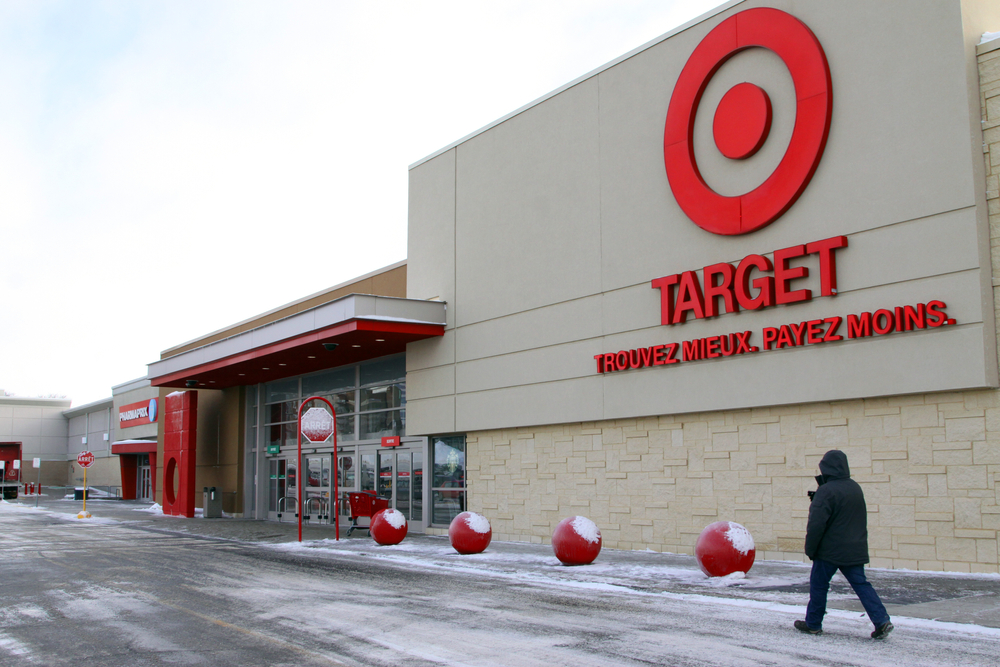
When Target launched in Canada in 2013, excitement was sky-high. The American retail giant opened over 130 stores within months, promising affordable fashion and sleek decor. But behind the red bullseye, chaos brewed. Inventory systems failed, leaving half-empty shelves that frustrated shoppers. Prices were higher than expected, and logistics costs soared. Within two years, Target Canada had lost over $2 billion and closed all its stores by 2015. Its exit stunned Canadians who had expected an American-style retail revolution but got a logistical nightmare instead, a textbook example of how rapid expansion without proper groundwork can implode even a powerhouse brand.
Nortel Networks

Once worth over $250 billion, Nortel was Canada’s pride in the global tech industry. It supplied telecommunications equipment worldwide and employed nearly 100,000 people. However, accounting scandals, poor leadership, and the 2008 economic crisis destroyed its reputation and finances. In 2009, Nortel declared bankruptcy, selling its assets to competitors like Apple and Microsoft. The fall of Nortel stunned Canadians who viewed it as untouchable. It showed how innovation without management discipline can lead to ruin. What was once a global leader in telecom technology became a symbol of corporate excess and missed opportunities.
Zellers
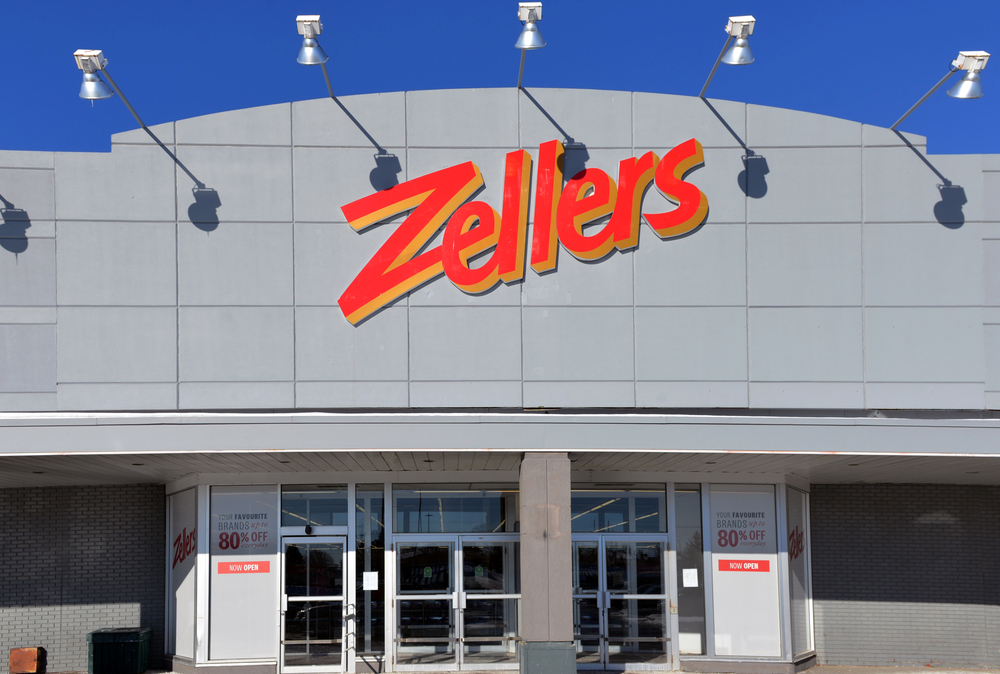
Zellers was a shopping staple for decades, known for affordable home goods and fashion. But by the 2000s, Walmart’s rise changed everything. Its prices and global reach made it impossible for Zellers to compete. When Hudson’s Bay Company sold most of its store leases to Target in 2011, Zellers effectively disappeared. For many Canadians, it was the end of an era. Occasional pop-ups have tried to revive nostalgia, but the original brand’s decline was swift and final. Zellers’ collapse remains one of the most memorable retail losses in Canada’s shopping history.
Sears Canada
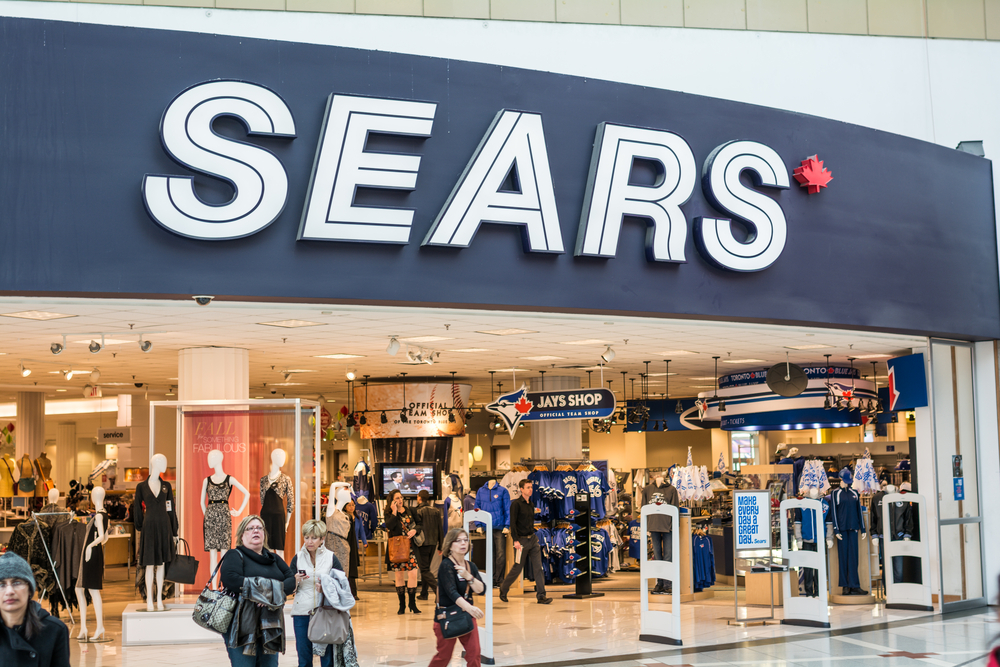
Sears Canada was once the cornerstone of Canadian retail, selling appliances, clothing, and home essentials. Yet, its refusal to embrace e-commerce and modern marketing sealed its fate. By 2017, it filed for bankruptcy, closing all stores and leaving thousands jobless. Employees lost pensions and benefits, sparking public outrage. Despite several attempts to rebrand and modernize, Sears never adapted to changing shopping habits. Its collapse became a warning that loyalty and legacy can’t replace innovation. A brand that once defined the Canadian department store experience vanished, leaving empty malls and broken promises in its wake.
Future Shop
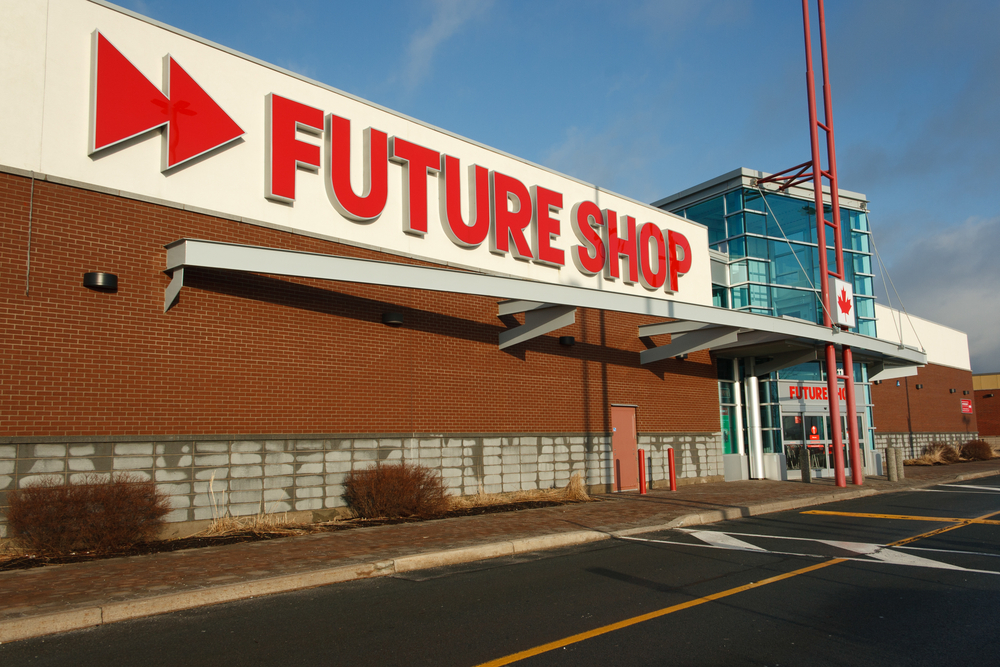
Future Shop once dominated Canada’s electronics scene, founded in 1982 and later acquired by Best Buy. For years, the two brands operated together, but in 2015, Best Buy abruptly shut down all 131 Future Shop stores. Some locations were converted, while others closed entirely. Employees and customers were caught off guard. The decision erased a beloved Canadian brand overnight. Future Shop’s fall highlighted the risks of corporate consolidation and foreign ownership, showing how a profitable, homegrown name could vanish instantly when business strategy shifts. It remains one of Canada’s most abrupt retail closures.
Jacob
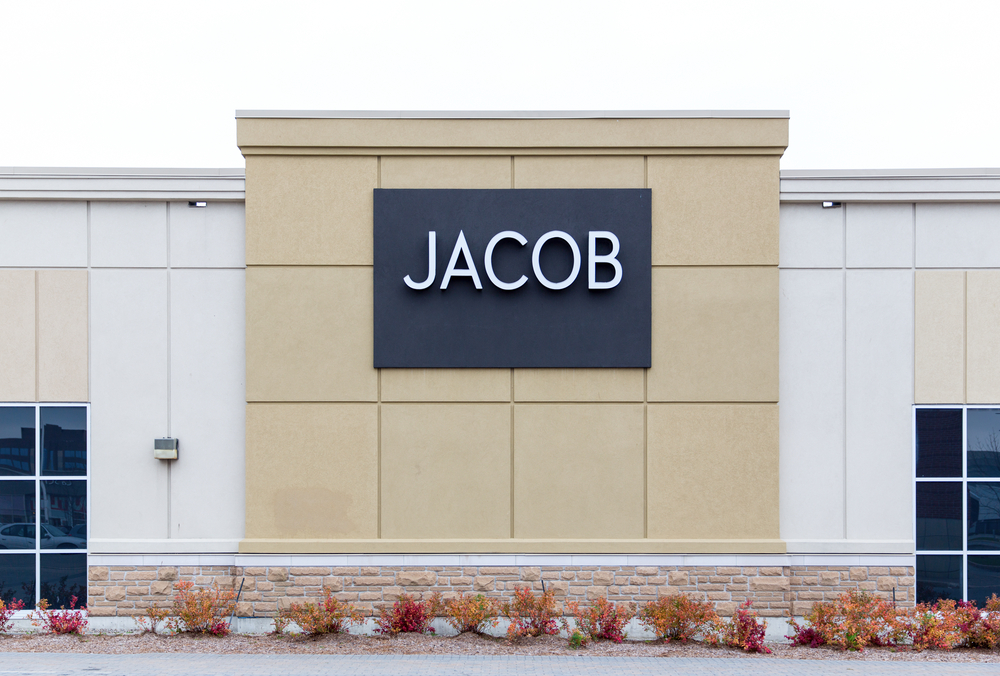
Montreal-based fashion retailer Jacob was once synonymous with affordable sophistication for women. Founded in 1977, it grew into a national chain known for elegant workwear and casual style. But by the 2010s, fast fashion brands like H&M and Zara took over, offering trendy designs at lower prices. Jacob struggled to compete with their speed and scale. In 2014, the brand filed for bankruptcy and closed all stores. The sudden closure shocked loyal customers who had grown up shopping there. Jacob’s downfall reflected how globalization and changing consumer habits can devastate even well-loved Canadian retailers.
Eatons
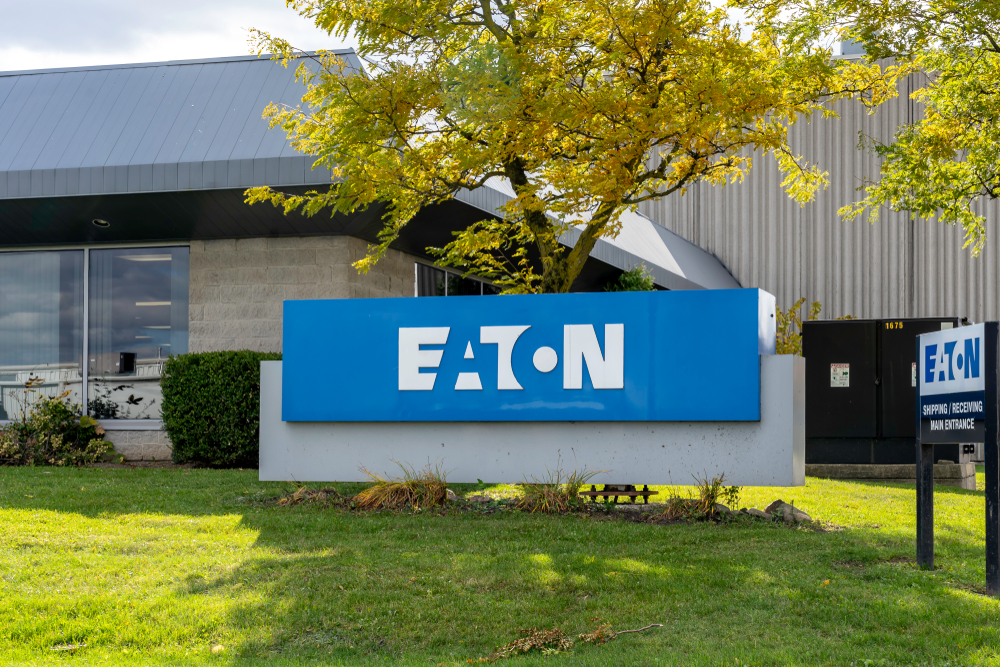
Eatons wasn’t just a store; it was a Canadian institution for over a century. Founded in 1869, it shaped the country’s retail landscape and employed thousands. But as shopping malls evolved and discount retailers grew, Eatons fell behind. Mismanagement, overexpansion, and failure to modernize led to bankruptcy in 1999. Its closure marked the end of an era in Canadian retail. Generations who had grown up with the iconic blue logo watched in disbelief as stores shut down. Eatons’ downfall remains one of the most symbolic collapses in Canadian business history.
Bombardier Inc. (Aerospace Division)
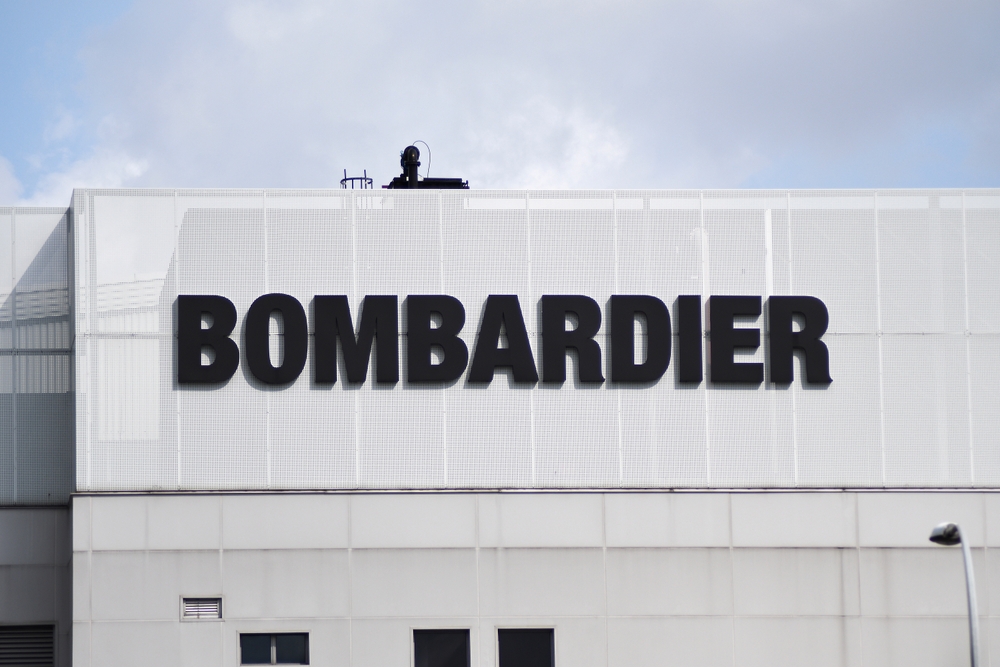
Bombardier was once a symbol of Canadian innovation, known for planes, trains, and snowmobiles. However, financial missteps and overreliance on government bailouts eroded confidence. The C Series jet project suffered from delays and massive costs. By 2020, Bombardier sold its aerospace division, marking a major collapse of its industrial empire. Thousands lost jobs, and the company’s reputation suffered globally. While Bombardier Recreational Products survived separately, the parent company’s downfall revealed how poor management and risky expansions can cripple even legacy manufacturers with decades of history.
Bowring and Bombay Company
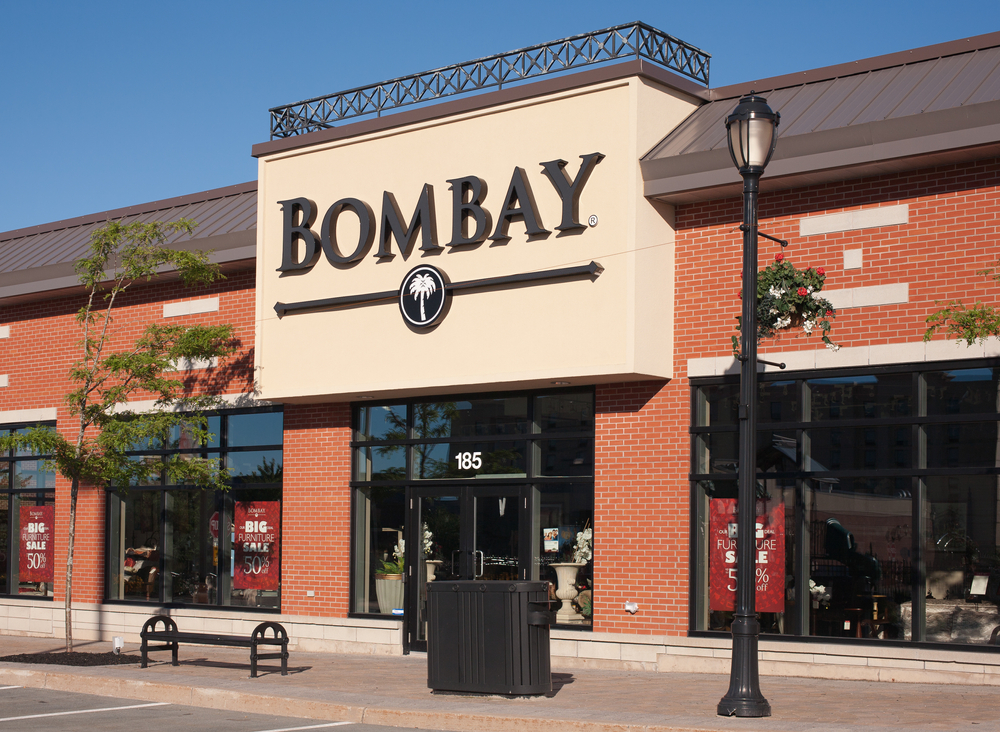
Bowring and Bombay were mall staples, offering elegant furniture and home decor. For years, they thrived as go-to destinations for affordable luxury. But changing tastes and online competition from Wayfair and IKEA made survival impossible. Both brands filed for bankruptcy in 2018, closing around 100 stores nationwide. Employees and customers were caught off guard by the abrupt closures. Their joint collapse reflected the retail industry’s shift away from brick-and-mortar showrooms toward digital shopping. Despite their strong branding, neither could adapt fast enough to the new retail landscape.
Timmins Gold (Alio Gold)

Timmins Gold, based in Vancouver, once seemed like a promising player in the mining sector. Operating in Mexico, it attracted investors during the gold boom. But falling gold prices, poor leadership, and disappointing yields damaged credibility. By 2016, it merged into Alio Gold, losing its original identity. The company never recovered momentum and faded from relevance soon after. The fall was sudden for investors who saw it as a rising star. Timmins Gold’s story reflected the unpredictability of global commodities and the harsh volatility that defines mining ventures.
BiWay
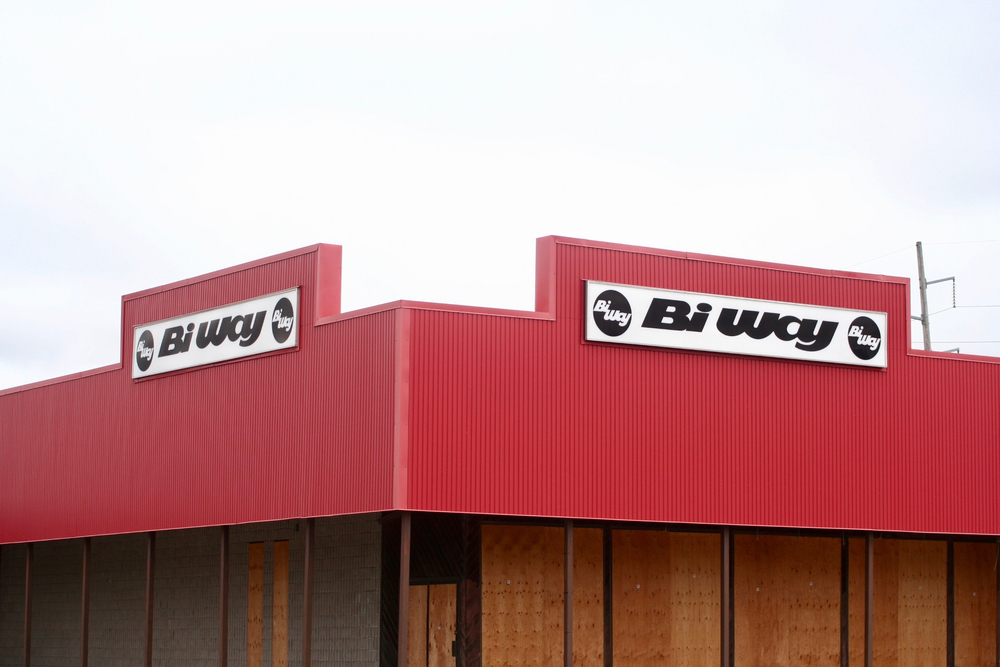
BiWay was every bargain hunter’s paradise, offering low-cost essentials and household items. For decades, it thrived as a trusted discount store. But the arrival of Walmart and Dollarama completely reshaped the value retail market. BiWay couldn’t compete with their scale, supply chain power, or pricing strategy. By 2001, the company abruptly closed all locations, ending a Canadian retail era. Loyal shoppers and employees were shocked. An attempted revival in 2020 briefly reignited hope but didn’t last. BiWay’s downfall remains a symbol of how retail giants can crush smaller competitors almost overnight.
Comark (Ricki’s, Cleo, Bootlegger)
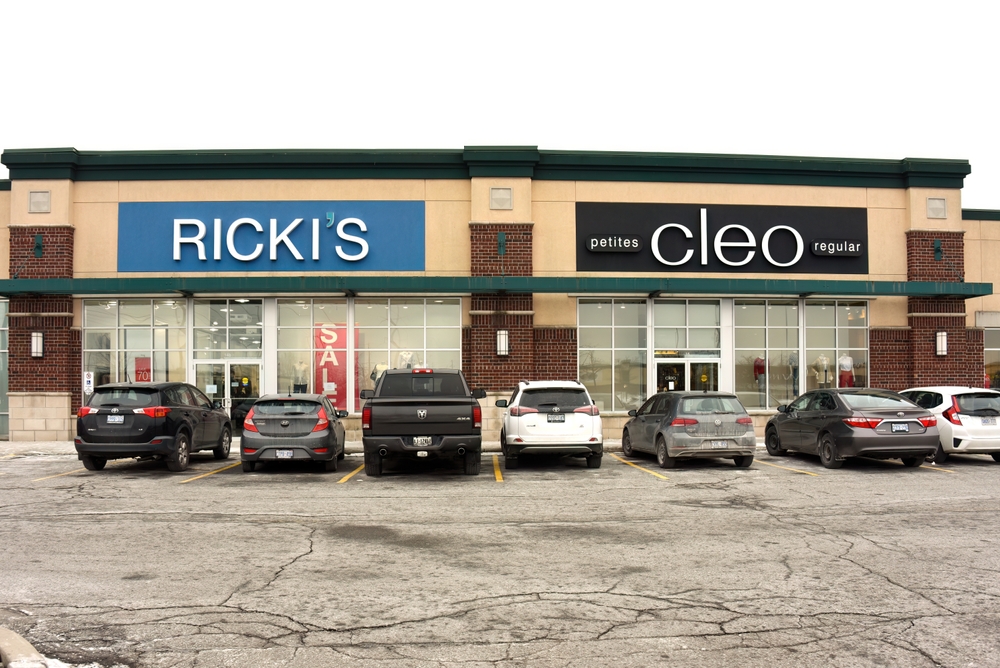
Comark operated beloved fashion brands like Ricki’s, Cleo, and Bootlegger for decades. But by 2020, changing consumer behavior and declining mall traffic hit hard. The pandemic accelerated losses, forcing the company to seek bankruptcy protection. While some stores later reopened under new management, Comark’s structure collapsed quickly. The sudden closures shocked employees and shoppers who viewed these brands as mall fixtures. Its decline represented a larger trend in Canadian retail: mid-range clothing stores disappearing under the weight of e-commerce growth and fast fashion competition.
Home Outfitters
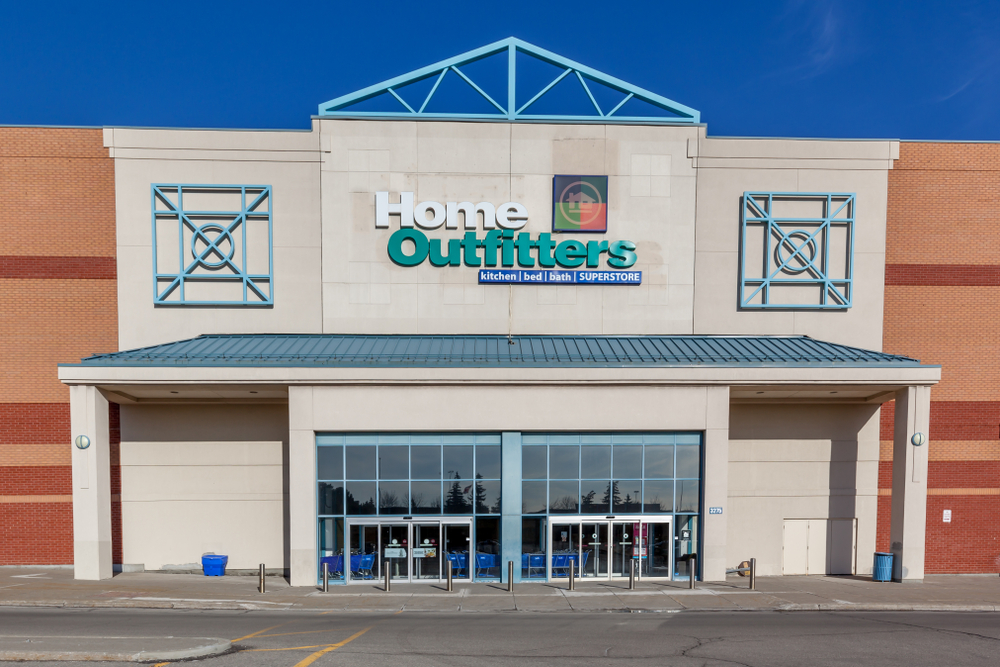
Home Outfitters, launched by Hudson’s Bay Company in 1999, was designed to compete with Bed Bath & Beyond. The concept worked for a while, but it failed to evolve as online retailers like Amazon changed how Canadians shopped. By 2019, HBC shut down all 37 stores. The closure came with little warning to employees or customers. It was a quiet but symbolic ending for yet another once-promising retail chain. Home Outfitters’ downfall proved that even established corporate subsidiaries can vanish when they lose their distinct purpose in the market.
Black’s Photography
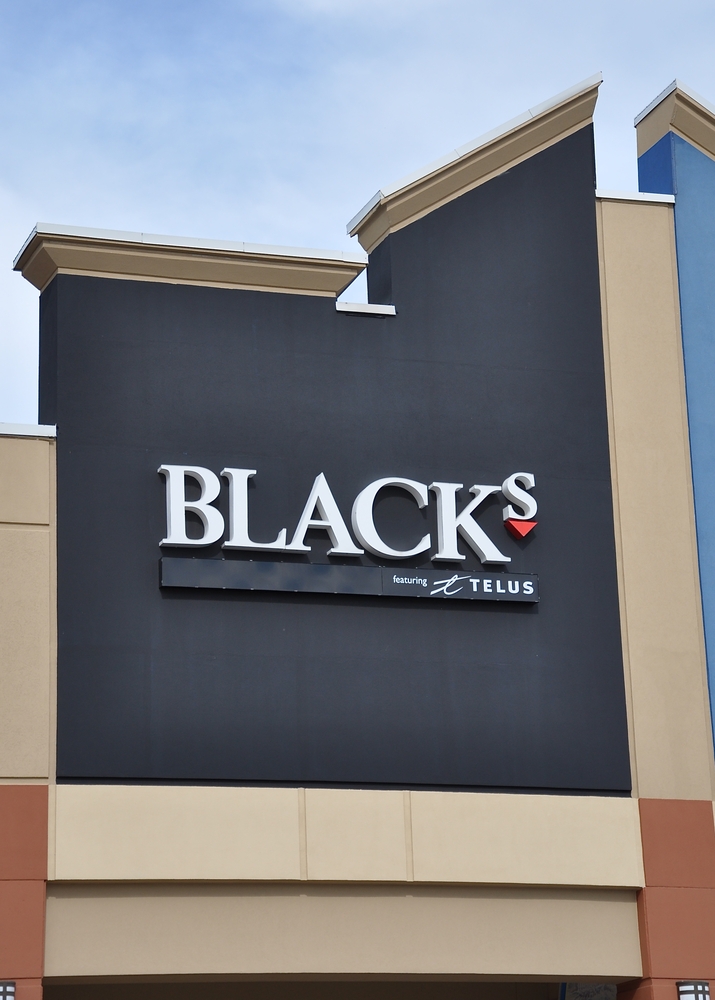
Black’s Photography began in 1930 and was once the go-to destination for photo printing and camera gear. But when smartphones replaced traditional cameras, its market collapsed. Despite multiple rebrands and ownership changes, including a purchase by Telus, nothing worked. In 2015, Telus shut down all 59 locations, ending 85 years of business. Customers were stunned at how fast the brand disappeared. Black’s failure showed how even heritage companies crumble when they can’t adapt to technological change. What was once a photography giant became another casualty of the digital revolution.
Bowring Brothers Ltd. (Retail Division)

Bowring Brothers began as a Newfoundland trading company in 1811 before evolving into a retail chain. Known for home goods and decor, it became a mall mainstay. However, as tastes shifted and online shopping grew, sales declined sharply. After merging operations with Bombay, both brands faced bankruptcy in 2018. Their closures ended more than 200 years of retail legacy. For many Canadians, it was a sad farewell to a company that had survived wars and recessions but couldn’t withstand the internet age’s retail disruption.
Smitty’s Fine Furniture
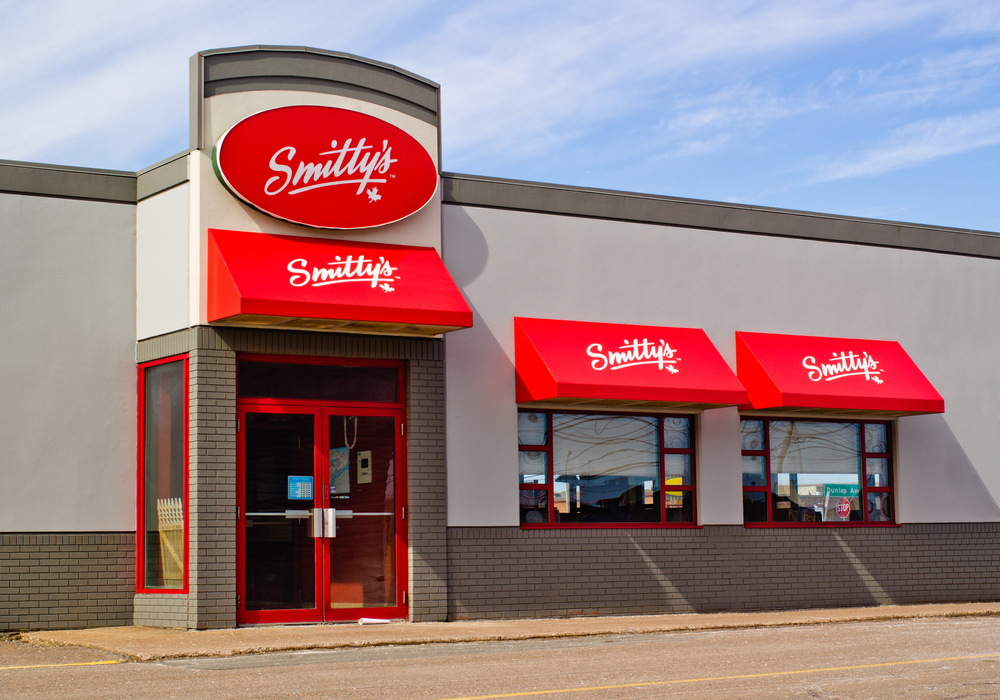
Smitty’s Fine Furniture, a respected Ontario retailer, built its name on craftsmanship and customer trust. Founded nearly 70 years ago, it served generations of families. But rising costs, supply chain delays, and post-pandemic inflation strained operations. In 2024, the company suddenly announced its closure, shocking customers who saw it as a reliable institution. Employees and communities mourned its loss. Smitty’s downfall demonstrated how even financially stable, family-run businesses are vulnerable when consumer spending slows and operating costs soar.
Dylex Ltd.
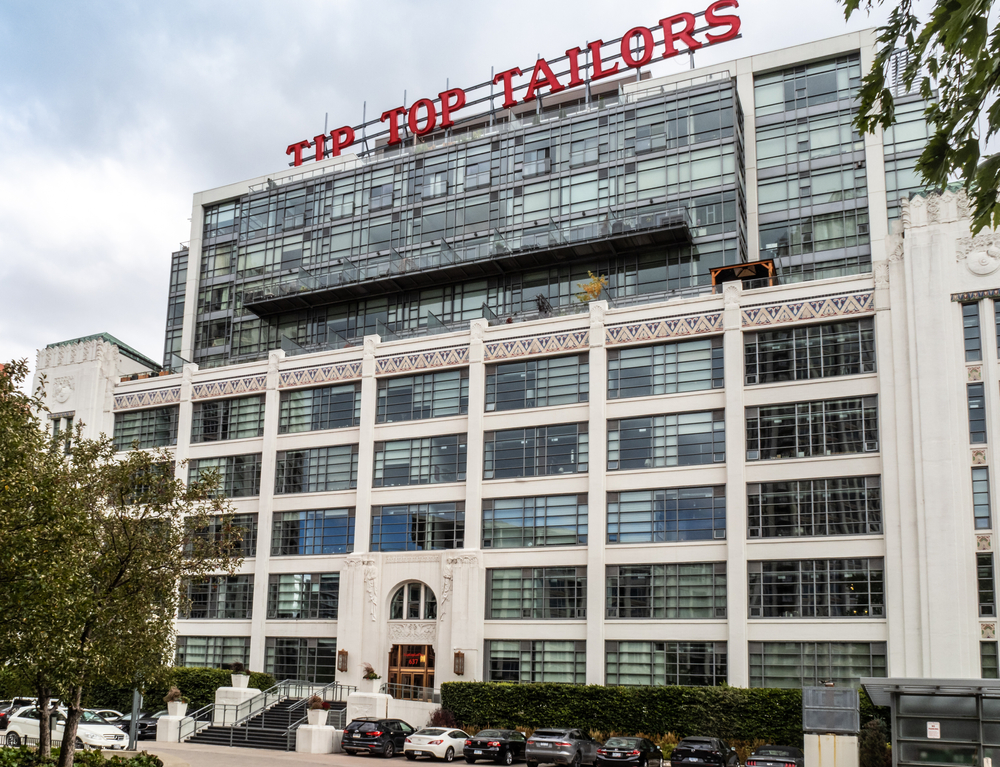
Dylex was a Canadian fashion empire that owned brands like Fairweather and Thrifty’s. In the 1990s, it dominated shopping malls nationwide. But aggressive expansion, poor management, and increasing global competition drained resources. By 2001, the company declared bankruptcy, closing hundreds of stores and leaving thousands unemployed. The speed of its fall shocked industry observers. Dylex’s collapse revealed the dangers of chasing growth without efficiency. It also symbolized a major turning point in Canadian fashion retail, where domestic chains began losing ground to international powerhouses like Zara and H&M.
Bre-X Minerals
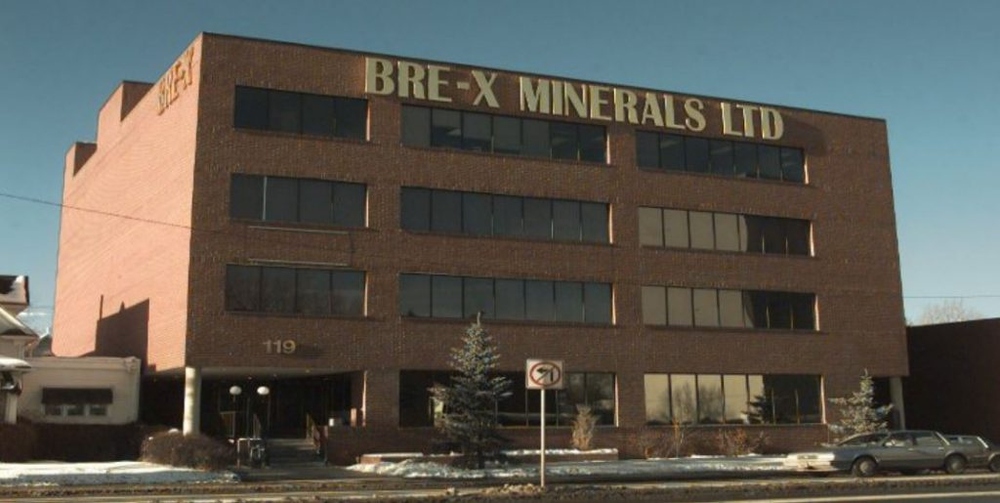
Bre-X was once hailed as a Canadian mining miracle. In the 1990s, it claimed to have found one of the world’s largest gold deposits in Indonesia. Investors rushed in, sending stock prices soaring. But in 1997, it was exposed as one of the biggest frauds in mining history; the samples had been faked. The stock collapsed overnight, wiping out billions in investments. The scandal destroyed trust in the company and changed mining regulations forever. Bre-X’s downfall remains infamous as a symbol of greed, deception, and the catastrophic consequences of corporate fraud.
21 Products Canadians Should Stockpile Before Tariffs Hit

If trade tensions escalate between Canada and the U.S., everyday essentials can suddenly disappear or skyrocket in price. Products like pantry basics and tech must-haves that depend on are deeply tied to cross-border supply chains and are likely to face various kinds of disruptions
21 Products Canadians Should Stockpile Before Tariffs Hit